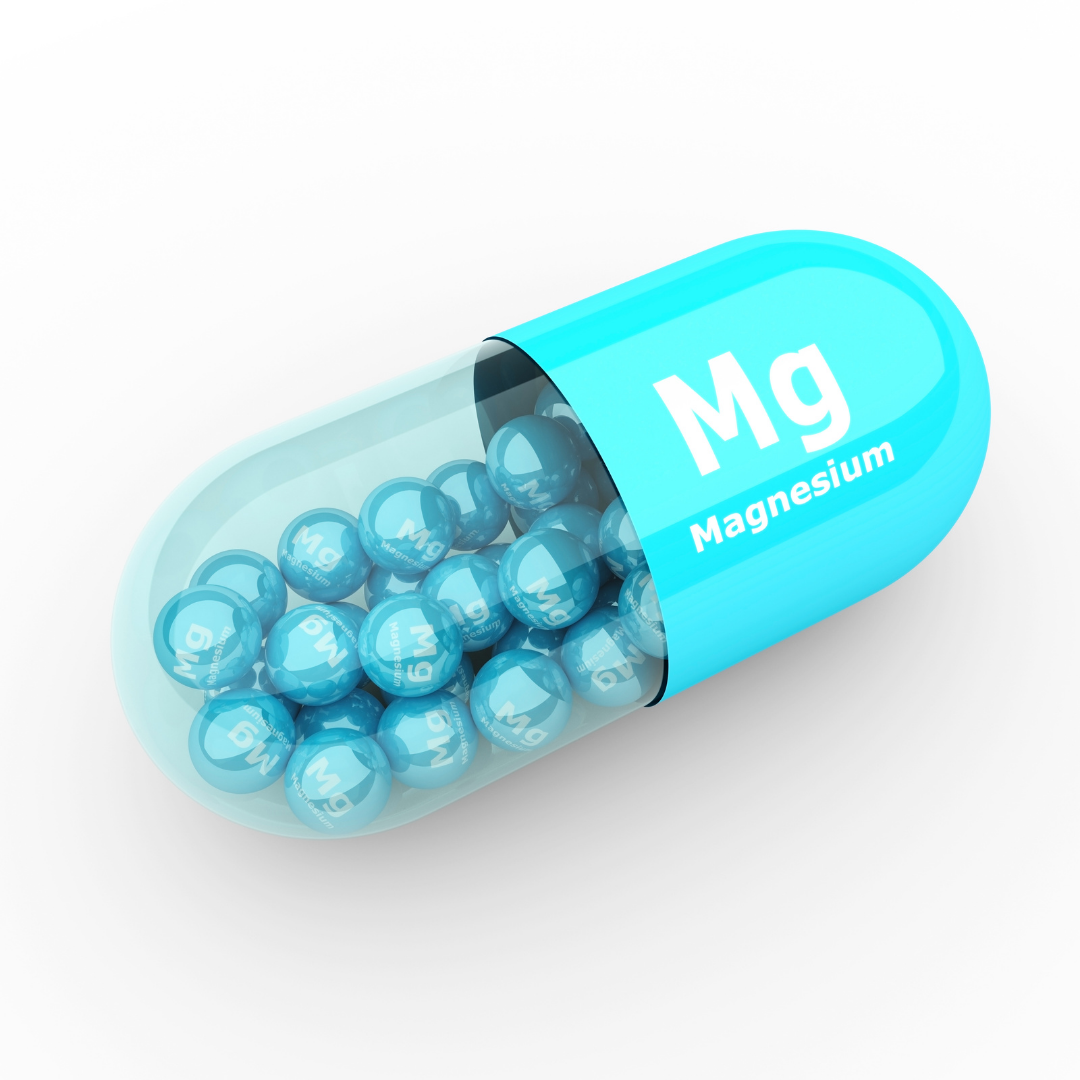How to Treat Dry Skin on the Face | ellé derm
Dry skin and Skin Dehydration have very similar characteristics and therefore are often misdiagnosed.
Dry skin is a skin type whilst dehydrated skin is a condition normally caused by one’s lifestyle.
Let us explore these in detail!
DRY SKIN
Dry skin means your skin is generally lacking natural oils (aka sebum) and therefore the skin doesn’t retain sufficient moisture. Dry skin can occur on the face and anywhere on your body. It can be caused by low humidity, using harsh soaps, certain medications, heating in winter, and ageing. People with eczema and psoriasis will also often experience dry skin.
Characteristics of Dry Skin
- Dry, itchy and scaly, redness,
- Fine lines and cracks which can become deep and bleed,
- A feeling of skin tightness, especially after bathing or showering.
Preventing and Treating Dry Skin
- Avoid soaps and harsh chemicals – these can remove natural oils from our skin, making it impossible to retain water. Try cleansing with cleansing creams instead,
- Avoid hot showers – hot showers and baths can remove the skin's natural oils so stay with warm and cold showers,
- Avoid overheating – coming into winter, we are prone to excess heating which accelerates water loss from our skin, making them feel dry.
- Use a Humidifier – this is especially good in winter or if you live in an environment with low humidity,
- Choose a cream over a lotion - creams are thicker and contain more moisturisers. They tend to be much more effective for dry skin types
- Add Jojoba Oil or Argan Oil to your skincare routine, especially in winter time can dramatically increase skin moisturisation
- Moisturise regularly to prevent dry skin, especially winter rash.
- Moisturisers containing natural oils such as Squalane can help treat dry itchy skin on the face and leg. Our body produces squalane naturally but this ability is diminished after about age 30, making us more prone to dry skin.
- Squalane oil has many benefits including:
- Moisturise our skin without blocking pores;
- Has anti-bacterial properties and
- Controls oil production. It is fast absorbing leaving the skin soft, plump and hydrated without feeling greasy.
Other ingredients which we love for treating dry skin include colloidal oats and beta-glucan. Numerous studies have shown these to be effective and they are also 100% plant-derived!

SKIN DEHYDRATION
Dehydrated skin is usually caused by one’s lifestyle or certain medications. It occurs when the body loses more water than it is taking in.
When skin is severely dehydrated, this can cause the sebaceous glands to produce more oils, resulting in breakouts, dry patches on the skin and irritation.
Characteristics of Dehydrated Skin
- Dry, itching and dullness in the skin
- Skin lacks elasticity
- Sunken eyes
- Dark urine colour
- Increased appearance of fine lines and wrinkles
Prevention and Treatment for Dehydrated Skin
Lifestyle changes will usually correct skin dehydration.
- Hydration - aim to drink a minimum of eight glasses of water a day and always after a workout,
- Add Humectants - certain moisturisers containing lots of humectants such as Hyaluronic Acid and Glycerin can help increase moisture retention in the skin, therefore making the skin feel more hydrated for longer,
- Avoid excess caffeine and alcohol consumption
References:
- “Dry Skin: Diagnosis and Treatment”, American Academy of Dermatology Association
- “Squalane and its potential clinical uses”, Alternate Medical Review
- Penzer R, Ersser S. “Principles of Skincare”. 1st United Kingdom: Blackwell Publishing. 2010



